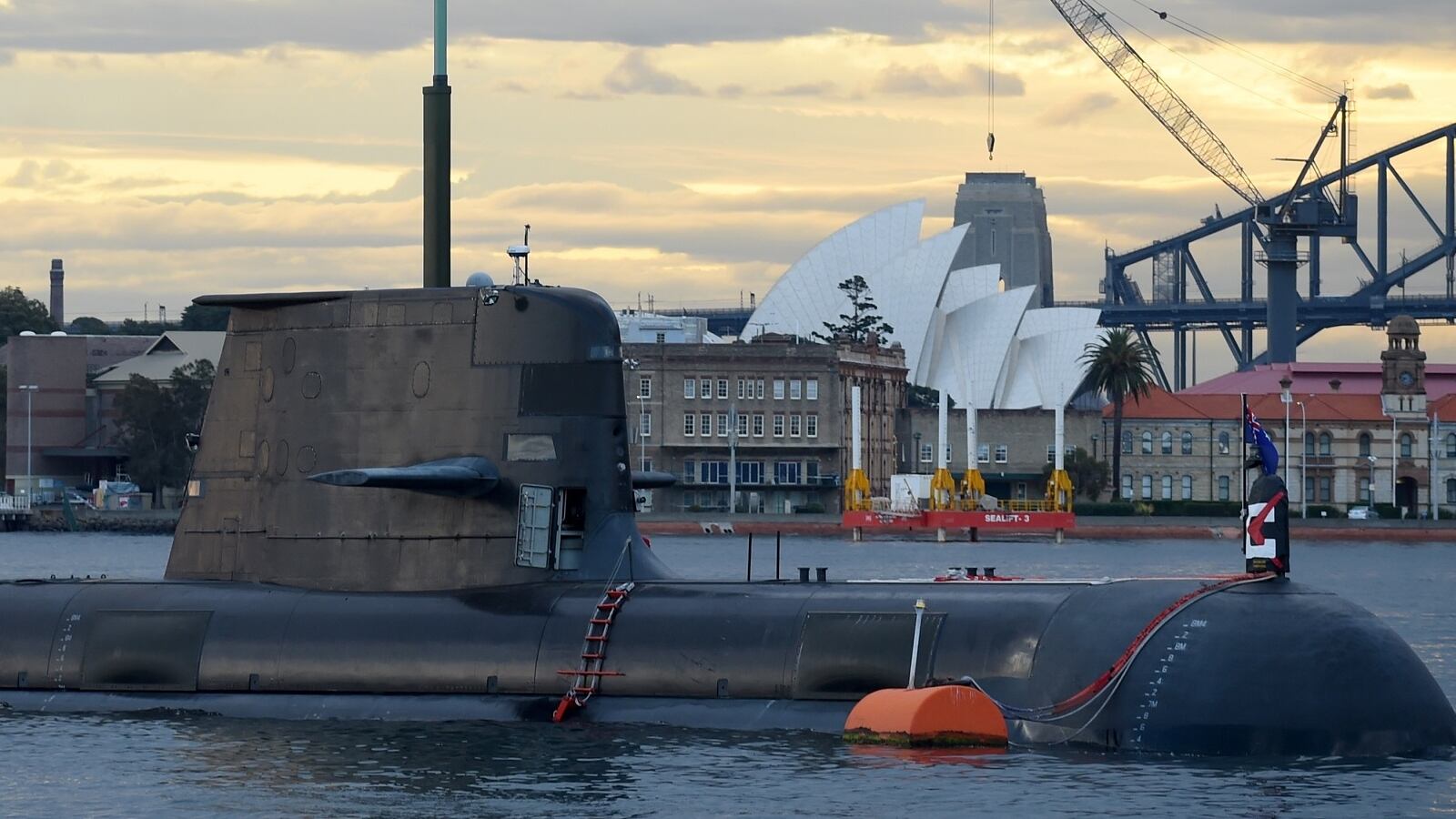ROME, LONDON and COLOGNE, Germany — The U.S. and European shipbuilding industries lead largely separate lives against the backdrop of a massive Asian naval buildup, but some trans-Atlantic projects still manage to thrive.
The building of warships has always been a prime example of nations nurturing a highly specialized industry deemed so crucial that outside economic forces cannot be allowed to intervene. And while some European nations have begun to think about pooling shipbuilding forces on the continent, analysts and industry executives in Europe say the wall separating the U.S. and European naval markets remains high.
Barring missile launchers and the Aegis combat management system, U.S. firms have not grabbed a large slice of naval work in Europe, and no change is on the horizon, according to Peter Roberts, director of military sciences at the Royal United Services Institute in London.
“Warships are historically linked to national power, and if you stop building them you are no longer seen as a great power — you are at the bidding of others,” Roberts said.
“The Spanish, the British, the French — they haven’t given up shipbuilding, even if they were better off buying off the shelf, and we are unlikely to see a reduction of yards in Europe,” he added.
At the same time, the U.S. market has been relatively closed off to European shipbuilders, though there is a chance that could change somewhat with the Navy’s Future Frigate program.
“It’s a bit like two different planets,” said Sebastian Bruns, head of the Institute for Security Policy at Kiel University in northern Germany. The reflex to buy only American-made warships is especially strong in the current political climate, he added.

The sheer number of ships needed on each side of the Atlantic creates a natural differentiator, according to Bruns, who spent time working U.S. naval policy as a House staffer on Capitol Hill. He said the Navy tends to prefer no-frills designs made for maximum war-fighting power in a great powers competition, while Europeans have taken to building vessels with a kind of peace-maintenance role in mind, affording a greater level of automation and comfort for the crew, for example.
One British naval executive, who spoke on condition of anonymity, said the lack of trans-Atlantic industrial touch points wasn’t limited to market access, arguing that cost-effectiveness was also an issue.
“Despite the problems we have and the programs that don’t go exactly according to plan ton for ton and capability for capability, the U.K. manages to build and deliver surface ships at a much lower cost than the United States,” he said.
“The U.S. shipyards know they would have difficulty competing in the region, particularly if you are talking about yards that have built a good track record. Naval Group, Fincantieri, Damen Shipyards, ThyssenKrupp Marine Systems — these are yards that have been competitive and build with export experience behind them. They are already ahead of the game and I do think it comes back to the cost base, I think it is difficult for the United States to build as cost-effectively as the Europeans,” the executive argued.
RELATED

If hull building is still jealously guarded by home players, naval systems are another matter, with Spain’s long-term partnership with Lockheed Martin to supply its Aegis combat system shaping the fundamental design of vessels emerging from the local Navantia shipyard.
The U.S.-Spanish partnership has led to the delivery of frigates to Spain, but also five Fridtjof Nansen-class frigates to Norway and Hobart-class vessels for Australia.
Another good example of the impact U.S. systems suppliers are having on the market is the foothold Lockheed Martin UK has secured in Britain, securing navigation radar upgrades, support of warship electronic chart display information systems across the fleet, and upgrading naval compass systems.
A spokesman for Lockheed Martin UK said in a statement there are a number of future capability requirements the company is also eyeing in the region.
The statement listed the British Royal Navy’s maritime electronic warfare program upgrade (MEWP), a long-range anti-ship missile (LRASM) requirement, laser weapon technology and cyber resilience as being among the opportunities.
One notable success for U.S. industry in this area is the Type 45 destroyer fleet fitted with Northrop Grumman Sperry Marine’s supplied platform management system. More recently, the U.K.-based subsidiary of Northrop Grumman was responsible for equipping the two aircraft carriers for the Royal Navy with an integrated navigation and bridge system.
“Of course the British will buy U.S. capability, particularly where they don’t have it themselves, which is to my mind why the systems houses are successful and stand to be even more successful in surface and submarine requirements of the future,” said another British naval executive. “Companies such as BAE Systems and Thales do feel the competitive pressures of their trans-Atlantic rivals in sensors and weapons.”
There may be other major opportunities in Britain for foreign suppliers in the next 18 months, as plans for new frigates and logistics ships take shape.
Tom Kington is the Italy correspondent for Defense News.
Andrew Chuter is the United Kingdom correspondent for Defense News.
Sebastian Sprenger is associate editor for Europe at Defense News, reporting on the state of the defense market in the region, and on U.S.-Europe cooperation and multi-national investments in defense and global security. Previously he served as managing editor for Defense News. He is based in Cologne, Germany.








